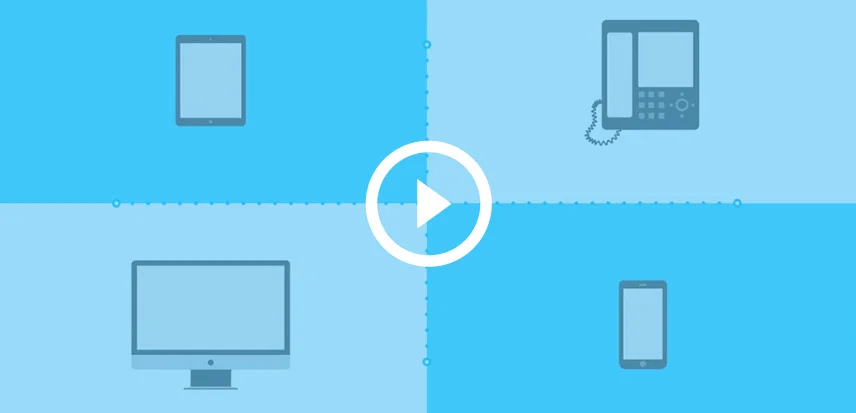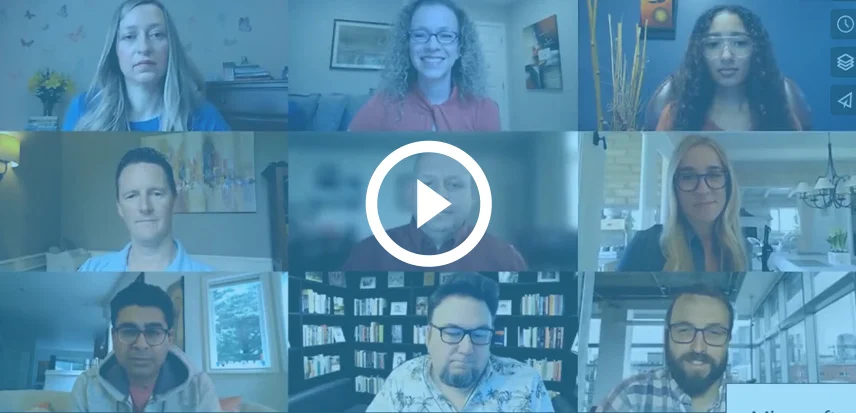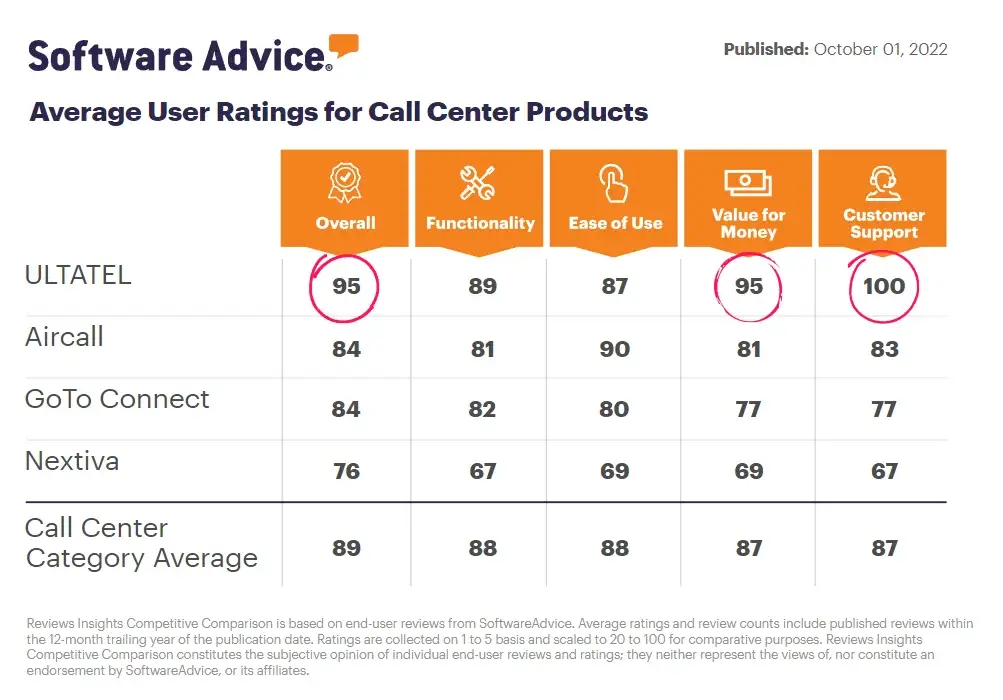What Is Number Masking?
Number masking is the process of hiding a phone number behind another phone number, also known as “proxy calling.” This is done by routing calls from one number to another while keeping the caller’s original number hidden.
The process of number masking is often used by businesses to help protect the privacy of their employees or customers.
How Does Number Masking Work?
Number masking works by using a proxy server to route calls from one number to another. The proxy server hides the caller’s original number and replaces it with the number of the business or individual that is being called.
The process of number masking can be used for both outgoing and incoming calls. For outgoing calls, the caller’s original number is hidden and replaced with the number of the business or individual that is being called. For incoming calls, the number of the business or individual that is being called is hidden and replaced with the caller’s original number.
What Are the Uses of Number Masking?
Number masking can be used for a variety of purposes, including protecting the privacy of employees and customers within an organization. Many businesses also use number masking to prevent telemarketers from calling a number that is on the Do Not Call list.
Number masking can also be used to protect the identity of a business. This is often done by businesses that do not want their competitors to know their phone number.
Are There Any Drawbacks to Number Masking?
One of the main drawbacks to number masking is that it can be difficult to track down the caller if there is an issue with the call. The reason for that is because the number is hidden.
Another drawback is that businesses need to purchase a proxy server in order to route calls. This can make number masking quite expensive.
Number masking can also cause problems with call quality. This is because the proxy server can sometimes add latency to the call, which can make it difficult to understand the person on the other end.









